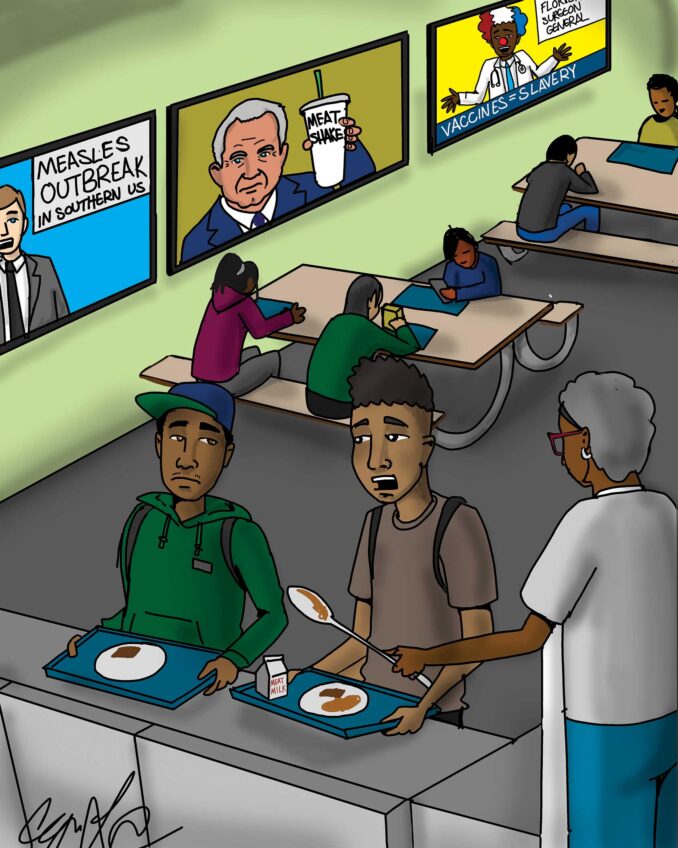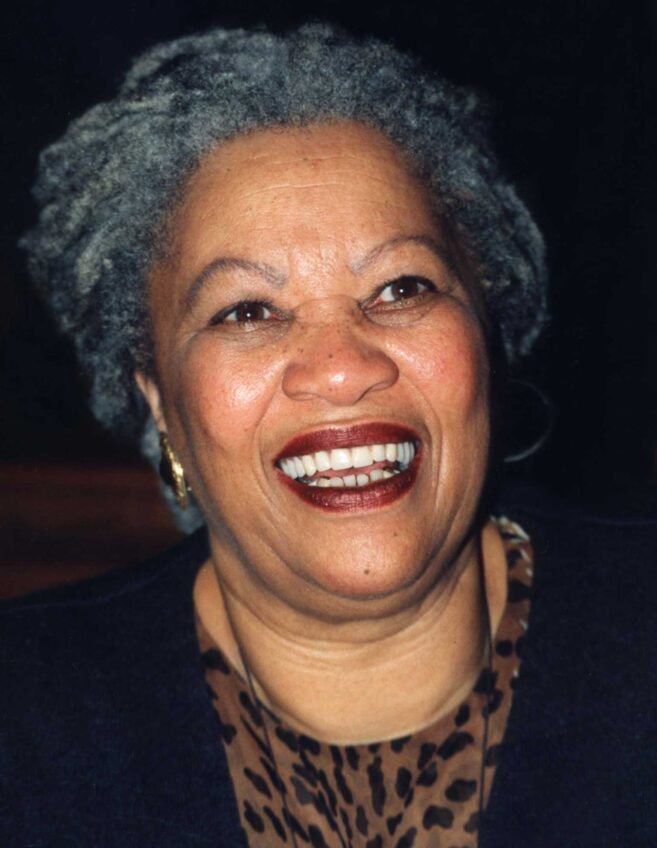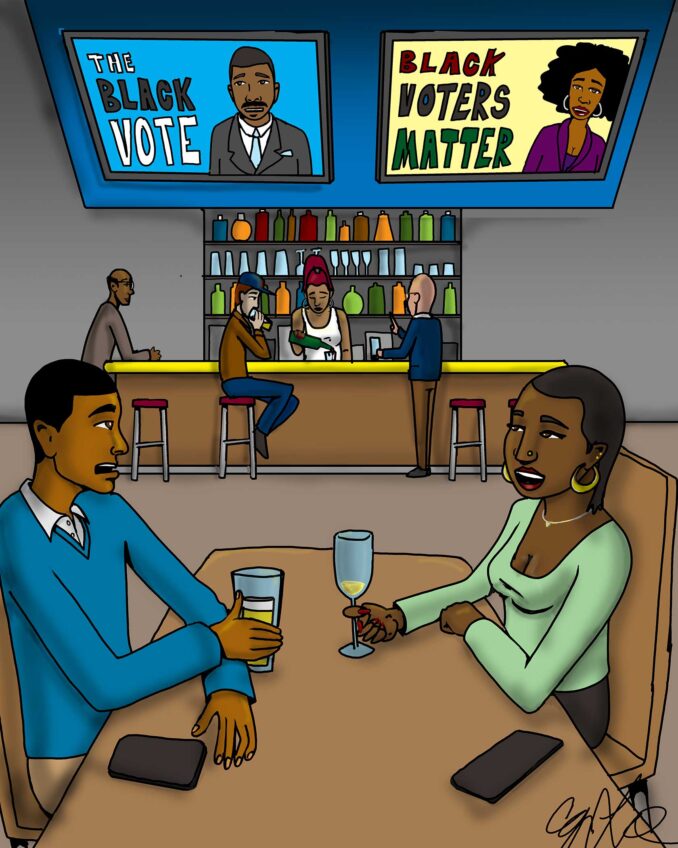The instant the video flashed globally of former Minneapolis police officer Derek Chauvin choking George Floyd to death, Patrick Yoes, president of the national Fraternal Order of Police, issued a statement condemning Chauvin’s act. Yoes insisted that Chauvin’s action in no way represents what good cops routinely do day in and day out. Yoes expressed deep concern that Chauvin’s brutal act would further diminish how the public viewed police officers’ conduct. He was praised for his forthright condemnation of Chauvin.
But a year earlier, in April 2019, Yoes sang a far different tune in an NPR interview regarding the firing of officer Daniel Pantaleo, the officer caught on a video choking Eric Garner on a New York sidewalk. Yoes bristled at Pantaleo’s firing and repeatedly claimed his action violated no standard of conduct. The union vehemently opposed any attempt to prosecute Pantaleo for wanton use of deadly force.
Yoes’ defense of Pantaleo tells much why Chauvin was caught with his knee on Floyd’s neck on that fateful day and why many other officers who have repeatedly been caught overusing deadly force are vigorously defended when they do.
In 1991, the Christopher Commission was charged with investigating the causes of the riots that rocked the nation after the acquittal of the four LAPD cops that beat Black motorist Rodney King. Its blistering report identified hundreds of officers who had been the targets of citizen complaints of excessive force, in nearly all cases against Blacks and Latinos.
Some officers with six complaints or more for using improper tactics in dealing with suspects were tactfully labeled “potential problem officers.” The officers were accused of beating, kicking, and in some cases, shooting suspects. Not one was fired, nor received more than hand-slap disciplinary punishment. And, most importantly, not one was prosecuted for their multiple acts of terror under the color of law. A follow-up report two years later found that nearly all of these “problem officers” were still on the job.
Now, nearly 30 years later, we come to Chauvin. Chauvin had nearly 20 complaints of abuse, beatings, shootings and reckless car chases, spanning a decade on the Minneapolis police force. Successive Minneapolis mayors, police chiefs, members of the police commission and Hennepin County prosecutors, including for a time now-U.S. Sen. Amy Klobuchar, read the file on Chauvin, scrutinized reports and complaints, and investigated his trail of violence. Yet, they did nothing. Their inaction was a tacit, if not open, stamp of approval of his violent acts.
The officers who worked with Chauvin almost certainly were not blind to his actions. As Chauvin’s knee slowly choked the life out of him, other officers either did nothing to assist Floyd, or worse, piled on to subdue a man already lying on the ground near death. Four Minneapolis officers will be prosecuted as accessories — but the FOP hasn’t uttered a word of condemnation of their inaction.
Since the Floyd killing, stacks of police reform measures have been introduced in state legislatures, including in Minnesota, dealing in one way or another with the use of force and punishment of officers who overuse deadly force. The measures have been killed outright or gutted of their toughest prohibitions on punishment. In every case, police unions such as the FOP have cajoled and hectored state legislators to kill or water down the measures.
When a Chauvin remains on the force, the inevitable happens. In his case it was Floyd’s hideous murder. Then the wrath of the nation slams down on him alone. Police, city officials and prosecutors issue pious, self-serving statements about their shock, the horror of it, and promise swift action. Nothing is said about their role in creating the pieces that made a Chauvin.
Chauvin faces that wrath alone. But in truth, he had many accomplices who deserve that wrath too.
Earl Ofari Hutchinson is an author and political analyst.






